
Table of Contents
In the vast, ever-evolving landscape of business, one constant remains: the power of a strong, consistent brand. But how many times have you seen a company’s visual identity crumble like a sandcastle at high tide, all because their brand guidelines were as clear as mud? It’s a common tale, but it doesn’t have to be that way. Welcome to ‘Crafting Brand Guidelines That Stick: 5 Essential Elements for Consistency and Impact’, where we’re going to dive into the art and science of creating brand guidelines that will keep your visual identity afloat, even in the stormiest of marketing seas.
Let’s start with a sobering statistic: according to a study by Lucidpress, inconsistent branding can lead to a 23% loss in revenue. Now, imagine if that 23% was in your pocket instead of floating away with every inconsistent logo or color scheme. That’s what we’re here for. By the end of this article, you’ll agree that investing time in robust brand guidelines is not just a nice-to-have, but a must-have for any business serious about making an impact.
I promise, we won’t just be talking theory. We’ll explore real-world examples, from global giants to local heroes, who’ve nailed their brand guidelines and reaped the rewards. We’ll also provide practical tips and templates to help you create your own ironclad guidelines. So, are you ready to roll up your sleeves, dive in, and ensure your brand’s visual identity is as consistent as it is compelling? Let’s get started!
Crafting Brand Guidelines That Stick: A Comprehensive Guide to Visual Identity and Consistency
In the dynamic world of business, crafting a compelling brand is akin to sculpting a masterpiece. A well-defined visual identity, coupled with unwavering consistency, is the chisel that carves out your brand’s unique form, making it recognizable and relatable to your audience. This comprehensive guide is your sculptor’s toolkit, equipped with insights and practical steps to create brand guidelines that stick. We’ll delve into the heart of your brand, exploring its essence, values, and personality, to forge a visual identity that resonates with your target audience. From logo design and color palettes to typography and imagery, we’ll ensure every visual element is a cohesive brushstroke, painting a clear and consistent picture of your brand. Consistency, after all, is the canvas that holds your brand’s masterpiece together. We’ll navigate the challenges of maintaining this consistency across various platforms and touchpoints, providing you with a robust framework to ensure your brand guidelines are not just a set of rules, but a living, breathing guide that evolves with your brand. So, let’s embark on this creative journey, transforming your brand into a timeless masterpiece that captivates, connects, and commands attention in the crowded art gallery of the business world.
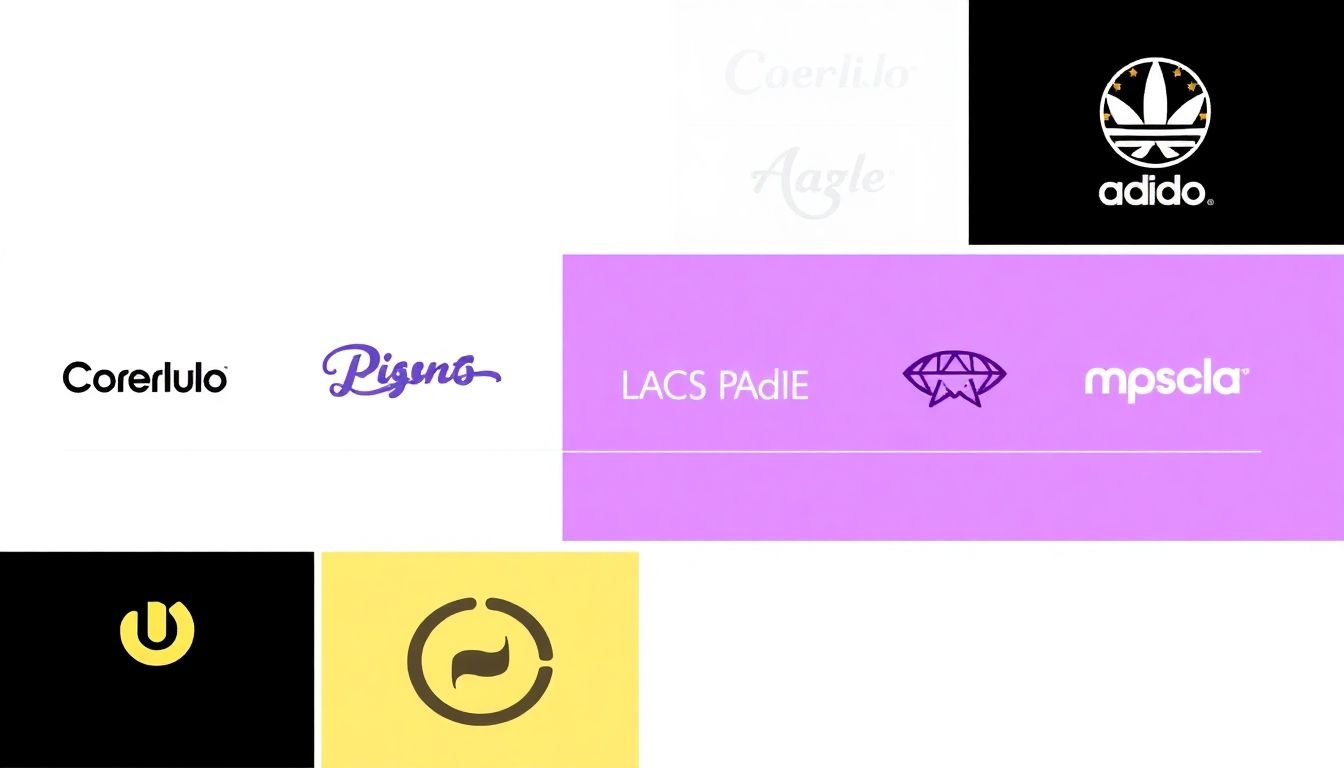
The Power of Brand Consistency
In the vast and ever-evolving landscape of business, one constant that stands tall is the power of brand consistency. A brand, much like a person, is defined by its actions, words, and appearance. When these elements are in harmony, they create a strong, recognizable, and trustworthy entity
- a consistent brand. Let’s delve into the significance of brand consistency and its impact on customer recognition, trust, and loyalty, using real-world examples of brands that have truly nailed it.
Firstly, brand consistency is the cornerstone of customer recognition. It’s the reason why you can spot a McDonald’s from a mile away, or instantly recognize a Coca-Cola bottle in a sea of beverages. Consistency in visual elements, such as logos, color schemes, and typography, creates a visual language that customers learn to understand and recognize. This recognition is not just about aesthetics; it’s about creating a mental shortcut that allows customers to quickly identify and connect with your brand.
Consistency also plays a pivotal role in building trust. When a brand’s messaging, values, and promises remain consistent, it signals to customers that they can rely on what they see and hear. For instance, Patagonia, the outdoor clothing and gear brand, has consistently communicated its commitment to environmental sustainability. This consistency has not only made Patagonia a recognizable brand but has also earned it the trust of eco-conscious consumers worldwide.
Moreover, brand consistency fosters loyalty. When customers know what to expect from a brand, they feel safe and comfortable engaging with it. Think of Starbucks, which has consistently offered a certain atmosphere, product quality, and customer experience in its stores worldwide. This consistency has turned many customers into loyal patrons who actively seek out Starbucks locations when they travel.
In essence, brand consistency is not just about maintaining a uniform appearance or message. It’s about creating a cohesive, recognizable, and trustworthy entity that customers can rely on. It’s about building a brand that stands out in the crowd, that customers can easily identify and connect with, and that ultimately fosters loyalty. So, the next time you’re tempted to deviate from your brand’s established elements, remember the power of consistency and the brands that have mastered it.
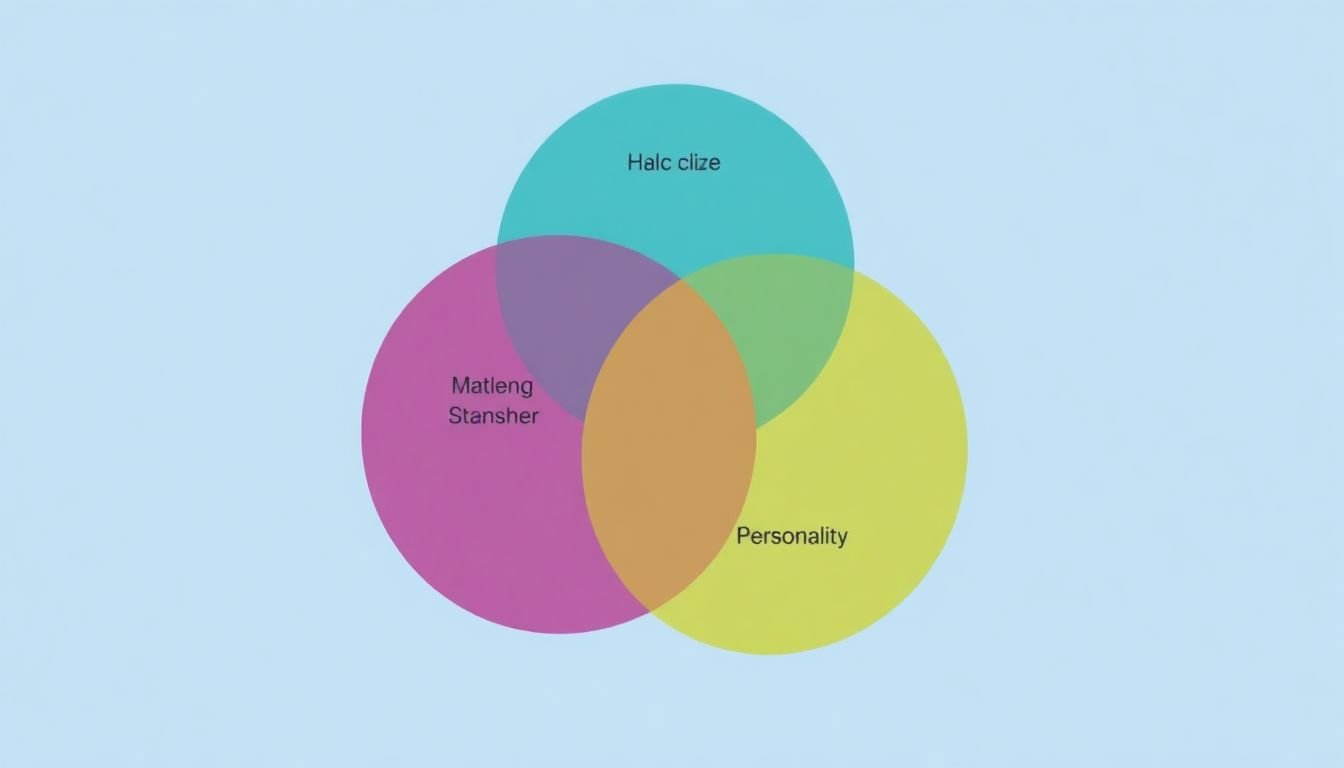
Understanding Your Brand’s DNA
Embarking on the journey to understand your brand’s DNA is akin to unraveling the mystery of your own identity. It’s a process that requires introspection, honesty, and a willingness to dig deep. Let’s start by identifying your brand’s core values, the very essence of what makes it unique and authentic.
Core values are the guiding principles that shape your brand’s behavior and culture. They are the non-negotiables that you stand for, even when no one is watching. To identify yours, gather your team and ask: What are the things we absolutely will not compromise on? What do we want to be known for? What makes us tick?
Next, let’s define your brand’s mission. This is your brand’s purpose, its reason for existence. It should be clear, concise, and inspiring. It should answer the question: Why does your brand exist? What problem does it solve? What need does it fulfill?
Now, let’s bring your brand to life with personality. Personality is the human element that makes your brand relatable and memorable. It’s the way your brand communicates, the tone it uses, the stories it tells. To define your brand’s personality, think about the following:
- If your brand was a person, what kind of person would it be?
- What are its strengths, weaknesses, likes, and dislikes?
- How does it make people feel?
Once you’ve identified your brand’s core values, mission, and personality, it’s time to translate these elements into brand guidelines. These guidelines should serve as a roadmap for anyone interacting with your brand, ensuring consistency and authenticity. Here’s how:
- Core Values: Define how these values should be embodied in day-to-day operations, employee behavior, and customer interactions.
- Mission: Use it to guide decision-making, product development, and marketing strategies.
- Personality: Create a tone of voice guide, visual guidelines, and storytelling principles that bring your brand’s personality to life.
Remember, understanding your brand’s DNA is an ongoing process. Brands evolve, and so should their DNA. Regularly review and update your brand’s core values, mission, and personality to ensure they remain relevant and true to your brand’s essence.
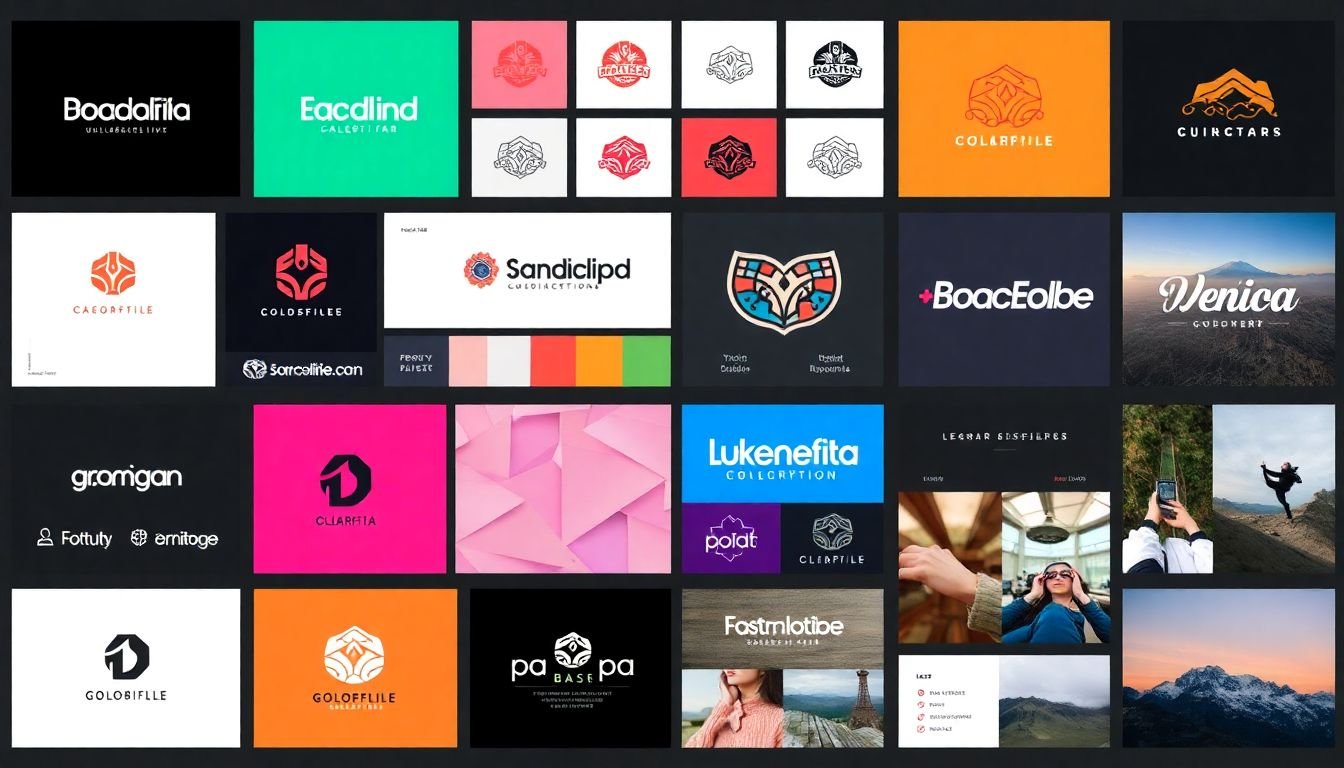
Defining Your Visual Identity
Defining your visual identity is a critical step in establishing your brand’s unique personality and making it recognizable. It’s like giving your brand a face, a voice, and a style that people can instantly connect with. Let’s delve into the key components of visual identity and explore how to choose and use these elements effectively.
Logo: The logo is the face of your brand, the first visual impression people get. It should be simple, memorable, and versatile. Here are some tips to create an effective logo:
- Keep it simple: A simple logo is easy to remember and versatile.
- Make it relevant: It should reflect your brand’s values and industry.
- Ensure versatility: It should look good in various sizes and formats.
Color Palette: Colors evoke emotions and can greatly influence how people perceive your brand. Choose a color palette that aligns with your brand’s personality and resonates with your target audience.
- Understand color psychology: Different colors evoke different emotions.
- Consider your industry: Some industries are associated with specific colors.
- Test and refine: Don’t be afraid to experiment and refine your color palette.
Typography: The fonts you use can greatly impact the readability and tone of your content. Choose fonts that are easy to read and reflect your brand’s personality.
- Use no more than three fonts: Too many fonts can make your design look chaotic.
- Consider readability: Ensure your fonts are easy to read, especially in body text.
- Match your brand’s personality: Serif fonts can look classic, while sans-serif fonts can look modern.
Imagery: Images can tell a thousand words and help convey your brand’s story. Choose images that are high-quality, relevant, and consistent with your brand’s aesthetic.
- Use high-quality images: Blurry or pixelated images can detract from your brand’s professionalism.
- Be consistent: Ensure your images align with your brand’s style and color palette.
- Tell a story: Use images that convey your brand’s values and resonate with your audience.
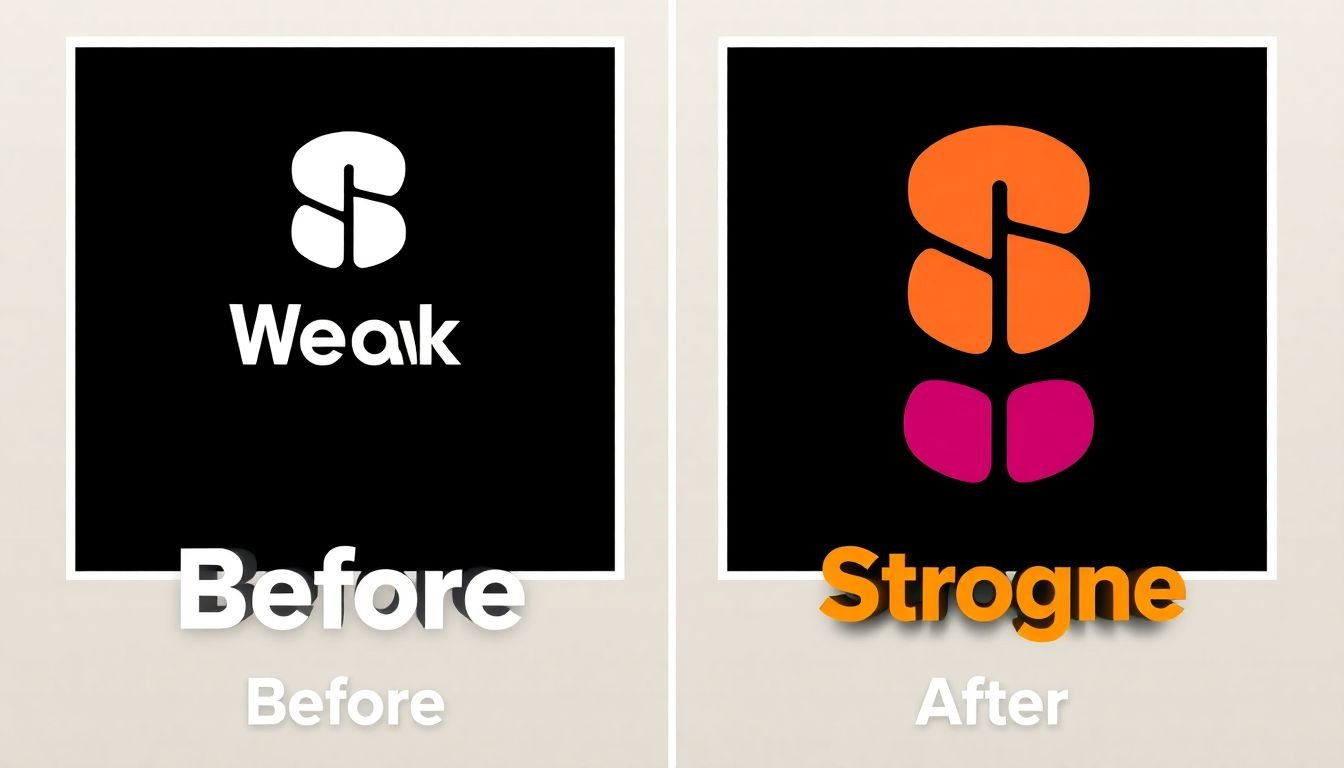
The Art of Logo Design
The art of logo design is a delicate balance of creativity, strategy, and technical prowess. It’s about crafting a visual identity that is not only aesthetically pleasing but also communicates the essence of a brand, product, or service. A well-designed logo is versatile, memorable, and works seamlessly across various platforms and applications.
Let’s dive into the process of creating a strong, versatile logo. The first step is to understand the brand. What are its values, mission, and unique selling points? This understanding will guide the design process and ensure that the logo is a true reflection of the brand.
Once you have a clear understanding of the brand, it’s time to explore different logo types. There are seven main types: wordmarks (like Google), lettermarks (like IBM), brandmarks (like Apple), emblems (like Harvard University), mascot logos (like Michelin Man), combination marks (like Doritos), and abstract marks (like Adidas). Each type has its own strengths and weaknesses, and the choice depends on the brand’s identity and the message it wants to convey.
After selecting the logo type, it’s time to apply design principles. These include simplicity, scalability, memorability, versatility, and timelessness. A simple logo is easy to recognize and remember. It should be scalable, meaning it looks good in any size, from a tiny favicon to a billboard. Memorability is key in a world filled with visual noise. A versatile logo works well in both color and black and white, and on various backgrounds. Lastly, a timeless logo avoids trends and fads, ensuring it remains relevant for years to come.
To ensure your logo works across various platforms and applications, consider the following:
- Color scheme: Ensure your logo looks good in both color and black and white.
- Typography: If your logo includes text, choose a font that is legible and versatile.
- Negative space: Use negative space to create a hidden image or message.
- Versatility: Test your logo on different backgrounds, sizes, and mediums.
Remember, the goal is not to create a logo that wins design awards, but one that effectively communicates the brand’s identity and resonates with its target audience.

Color Psychology and Branding
In the vibrant tapestry of branding, color psychology emerges as a powerful tool, weaving together science, art, and marketing to create compelling visual narratives. Colors, much like words, possess the ability to evoke emotions, stir memories, and influence perceptions. This is where the science of color psychology comes into play, offering insights into how hues can impact our brains and behavior, thereby shaping our interactions with brands.
The impact of color on branding is profound. It can increase brand recognition by up to 80%, according to a study by the University of Loyola, Maryland. Colors can convey a brand’s personality, set it apart from competitors, and even influence purchasing decisions. For instance, red is often associated with urgency and excitement, making it a popular choice for clearance sales and call-to-action buttons. Meanwhile, blue, with its connotations of trust and stability, is favored by financial institutions.
To harness the power of color psychology in branding, follow these steps:
- Understand your brand’s personality. What emotions do you want your brand to evoke? Is it playful and energetic, or sophisticated and trustworthy?
- Research your target audience. What colors resonate with them? What cultural or personal significance do colors hold for them?
- Consider the context. Where will your brand be seen? Different colors work best in different environments, from digital platforms to print media.
- Test and refine. Don’t be afraid to experiment with different color schemes. Use A/B testing to see what works best with your audience.
Remember, there are no hard and fast rules in color psychology. What matters most is how your chosen colors align with your brand’s identity and resonate with your audience. So, go ahead, paint your brand with the colors of success!
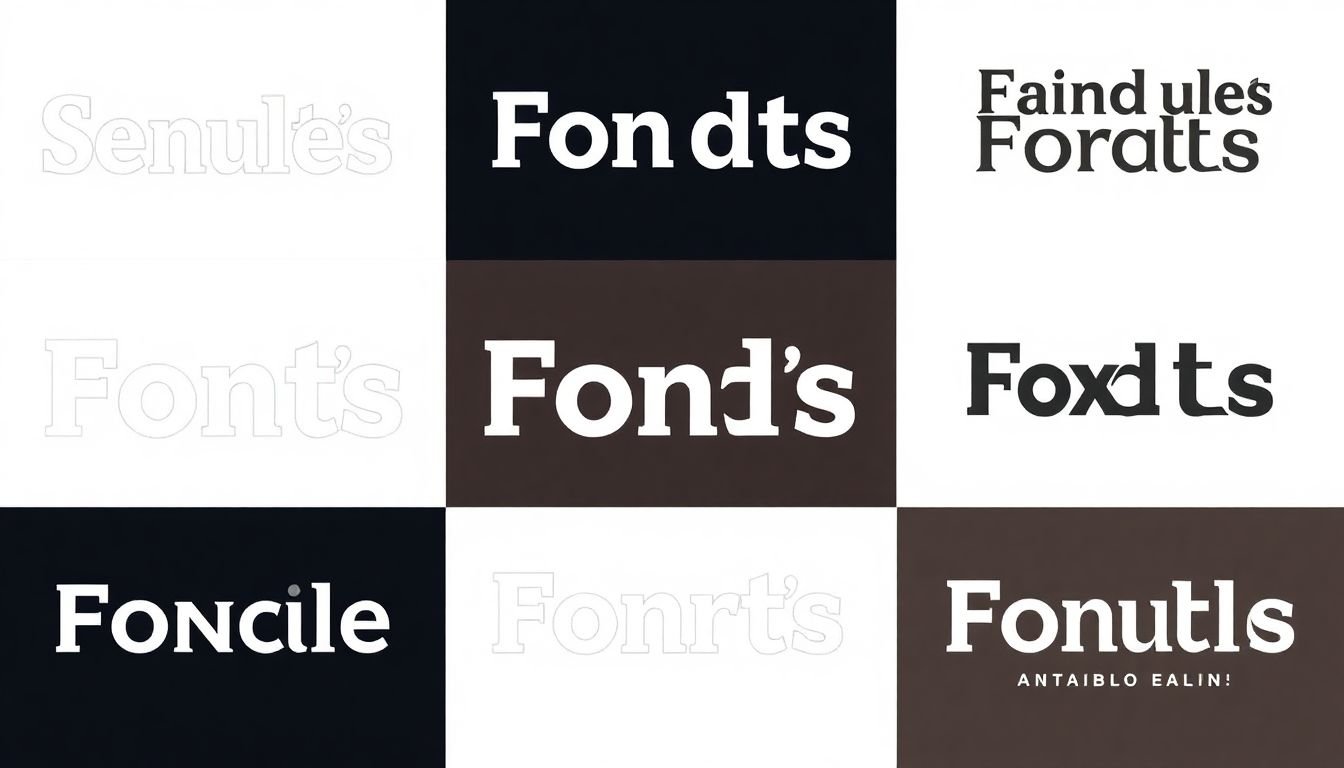
Typography: The Unsung Hero of Branding
Typography, often the unsung hero of branding, plays an indispensable role in shaping a brand’s identity and communicating its personality. It’s the silent salesman that speaks volumes about your brand, even before a customer reads a single word. Think of it as the brand’s voice, tone, and attitude, all rolled into one.
Choosing the right font is akin to selecting the perfect outfit for your brand. It should reflect your brand’s personality, values, and the message you want to convey. For instance, a playful, hand-drawn font might be perfect for a children’s clothing brand, while a sleek, modern sans-serif could represent a tech startup.
But selecting a font is just the beginning. Font pairing is an art in itself. Imagine a brand using two fonts that clash like a neon sign in a quiet library. It’s chaotic and confusing, right? Instead, opt for fonts that complement each other, creating a harmonious balance. A good rule of thumb is to pair a serif and a sans-serif font, or two fonts from the same family with different weights.
Size and hierarchy are equally important. Think of it like a conversation
- you wouldn’t shout every word, nor would you whisper the most important ones. Use size to create a visual hierarchy, guiding the reader’s eye through your content. Larger fonts command attention, while smaller ones provide supporting information.
Lastly, consider the impact of your typography. Is it bold and attention-grabbing, or subtle and understated? Does it evoke the right emotions and resonate with your target audience? Remember, typography is a powerful tool that can make or break your brand’s first impression. So, choose wisely, and let your brand’s personality shine through every letter.

Imagery and Iconography
Crafting a compelling visual identity for your brand is an art that begins with the careful selection of imagery and iconography. These visual elements are the building blocks that help your brand stand out, communicate its values, and connect with its audience. Let’s delve into the world of imagery and iconography, exploring how to choose the perfect visuals that align with your brand’s unique identity.
Firstly, it’s crucial to understand that imagery and iconography are not one-size-fits-all. They should be tailored to your brand’s personality, values, and the message you want to convey. For instance, a tech startup might opt for sleek, futuristic graphics, while a rustic, organic food brand might prefer earthy, natural imagery.
Now, let’s explore the different types of imagery and iconography at your disposal.
- Stock Photos: These are pre-existing images that you can license for use. They’re a quick and cost-effective solution, but they can be overused, making your brand’s visuals feel generic. To make the most of stock photos, look for high-quality, unique images that align with your brand’s aesthetic. Consider using them as a starting point, then editing or combining them to make them truly your own.
- Illustrations: Custom illustrations can give your brand a distinctive, artistic edge. They allow for a high degree of control over the visual style and can help you create a consistent, cohesive look. However, they can be time-consuming and costly to create. Consider using illustrations for key brand elements, like logos or mascots, and supplementing with other types of imagery.
- Custom Graphics: These are bespoke visuals created specifically for your brand. They offer complete control over the final product but can be the most expensive and time-consuming option. Custom graphics are ideal for brands looking to make a strong, unique visual impact.
When choosing imagery and iconography, remember to keep your brand’s color palette, typography, and overall design style in mind. Consistency is key in building a strong visual identity. Also, consider your audience and the emotions you want your brand to evoke. The right visuals can tell your brand’s story, engage your audience, and make your brand instantly recognizable.
Lastly, don’t be afraid to experiment and evolve. Visual trends change over time, and your brand’s identity should too. Regularly review and update your imagery and iconography to keep your brand fresh, relevant, and true to its core values.
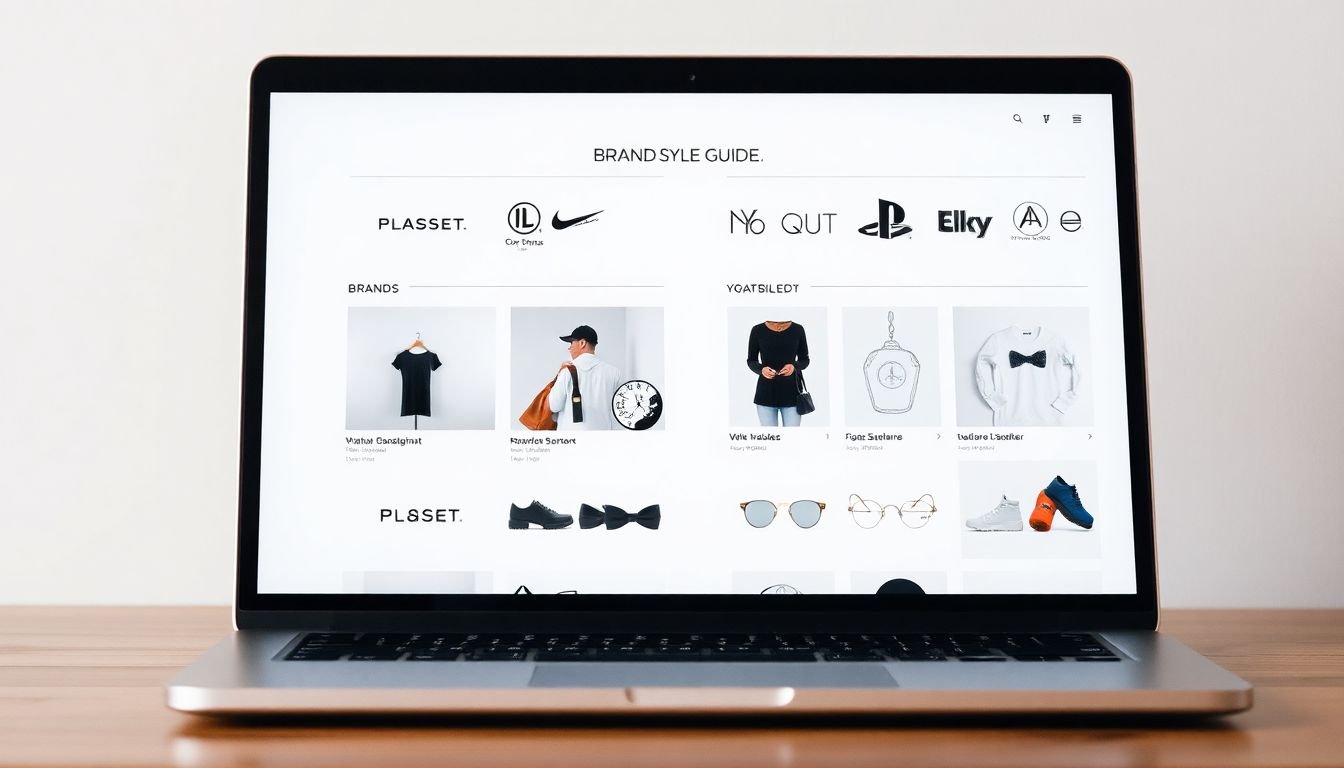
Creating a Style Guide: The Nuts and Bolts
Creating a comprehensive brand style guide is a pivotal step in ensuring your brand’s identity remains consistent and recognizable across all platforms. Let’s dive into the nuts and bolts of crafting one, step by step.
1. Laying the Foundation: Layout and Design
Begin by deciding on the layout and design of your style guide. It should be visually appealing, easy to navigate, and reflective of your brand’s aesthetic. Use a clean, legible font, and incorporate your brand’s color scheme. Consider using a digital platform for easy updates and accessibility, or print it for a tangible reference.
- Choose a clear, concise title page that includes your brand’s logo and name.
- Use a table of contents to help users find specific information quickly.
- Organize sections logically, such as brand overview, color scheme, typography, imagery, and tone of voice.
2. Defining Your Brand’s Voice: Tone of Voice
Your brand’s tone of voice is its personality, and it should be consistent across all communications. To define it, consider your brand’s values, target audience, and the emotions you want to evoke.
- Describe your brand’s personality traits (e.g., friendly, professional, humorous).
- Provide examples of do’s and don’ts to illustrate your tone (e.g., ‘Do use contractions to sound approachable. Don’t use jargon that confuses customers.’).
- Include guidelines for different communication channels (e.g., social media, email, customer service).
3. Bringing It to Life: Usage Examples
Usage examples are crucial for bringing your style guide to life. They help team members understand how to apply the guidelines in real-world scenarios.
- Show, don’t tell. Use visual examples of correct and incorrect logo usage, color combinations, and typography.
- Provide sample sentences or paragraphs that demonstrate your brand’s tone of voice.
- Include examples of how your brand should be represented in different contexts, such as advertising, packaging, or merchandise.
4. Keeping It Up-to-Date: Maintenance
A style guide is a living document that should evolve with your brand. Regularly review and update it to ensure it remains relevant and accurate.
- Assign a dedicated person or team to maintain the style guide.
- Schedule regular reviews to assess its effectiveness and make necessary changes.
- Communicate updates to your team and provide easy access to the latest version.
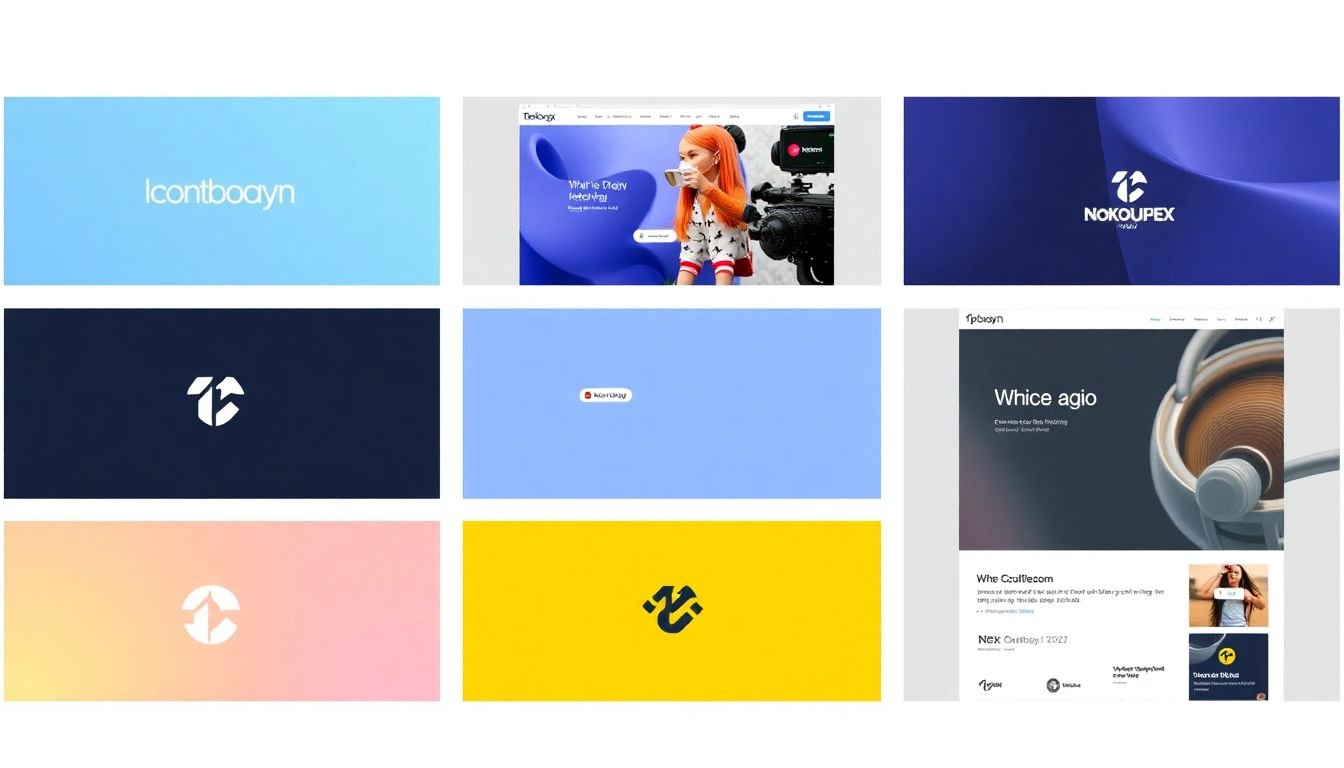
Ensuring Consistency Across Platforms
In today’s digital age, brands are no longer confined to a single platform. They exist across a myriad of channels, from websites and print materials to social media and mobile apps. This multi-channel presence, while expansive, presents a unique challenge: maintaining brand consistency. Consistency is not just about aesthetics; it’s about creating a unified voice and experience that resonates with your audience, regardless of where they interact with your brand.
Imagine you’re at a party, and you meet someone who seems to change their personality with each new group they join. Confusing, right? The same principle applies to brands. Inconsistency can lead to confusion, mistrust, and ultimately, a loss of customers. On the other hand, consistency builds recognition, fosters trust, and enhances your brand’s value.
So, how does one ensure brand consistency in a multi-channel world? Here are some tips:
-
Develop a Style Guide:
- This is your brand’s rulebook. It should include guidelines for logo usage, color schemes, typography, imagery, and tone of voice. It’s a comprehensive guide that ensures everyone involved in creating content adheres to the same standards.
Establish a Tone of Voice:
- Your brand should have a personality. Whether it’s friendly, professional, or humorous, ensure this personality is consistent across all platforms. A tone of voice guide can help maintain this consistency.
Create a Content Calendar:
- Planning your content in advance helps ensure consistency. It allows you to schedule posts, blogs, and other content that aligns with your brand’s voice and values.
Train Your Team:
- Everyone involved in creating content should understand and adhere to your brand guidelines. Regular training sessions can help reinforce these guidelines and ensure consistency.
Monitor and Adjust:
Consistency isn’t a set-it-and-forget-it task. Regularly review your brand’s presence across platforms. Make adjustments as needed to ensure your brand remains consistent and relevant.
In essence, maintaining brand consistency is like learning a new language. It takes time, effort, and continuous practice. But once you’ve mastered it, you’ll find that your brand speaks fluently and consistently, no matter the platform.

Training Your Team and Partners
Effective communication and implementation of brand guidelines are pivotal in maintaining a consistent and recognizable brand identity, both within your team and with external partners. Here’s a step-by-step guide to help you achieve this:
1. Establish Clear Guidelines:
Begin by creating a comprehensive brand style guide that outlines your brand’s mission, vision, values, tone of voice, color palette, typography, logo usage, and any other visual elements. Ensure it’s easily accessible to your team and partners.
2. Communicate Effectively:
Clearly convey the importance of adhering to the brand guidelines. Explain how consistency builds brand recognition and trust. Use simple, non-technical language to avoid confusion. Regular team meetings or workshops can serve as excellent platforms for this.
3. Train Your Team:
Conduct training sessions to familiarize your team with the brand guidelines. This could involve presentations, hands-on exercises, or even quizzes to reinforce learning. Make it engaging and interactive to ensure better retention.
4. Onboard New Members:
Integrate brand training into your onboarding process for new team members. This helps them understand your brand’s DNA from day one and ensures consistency in their work.
5. Update Regularly:
Brands evolve over time, and so should your brand guidelines. Regularly review and update your guidelines to reflect changes in your brand strategy, visual identity, or market trends. Communicate these updates to your team and partners promptly.
6. Monitor and Enforce:
Appoint brand guardians within your team to monitor and enforce brand guidelines. They can provide guidance, answer queries, and ensure consistency in all brand-related outputs. With external partners, include adherence to brand guidelines in your service level agreements.
7. Provide Resources:
Make it easy for your team and partners to access and understand the brand guidelines. This could be a dedicated intranet page, a shared drive, or even a user-friendly online portal.
8. Lead by Example:
As a leader, ensure you’re the first to adhere to the brand guidelines. Your team and partners are more likely to follow suit if they see you championing the cause.
9. Recognize and Reward:
Acknowledge and reward team members or partners who consistently uphold the brand guidelines. This encourages others to follow suit and fosters a culture of brand guardianship.
10. Be Flexible:
While consistency is key, there may be instances where flexibility is required. For example, when localizing content for different markets. Encourage your team and partners to use their discretion and judgment in such cases.
By following these steps, you can effectively communicate and implement brand guidelines within your team and with external partners, ensuring a strong, consistent brand identity that resonates with your audience.
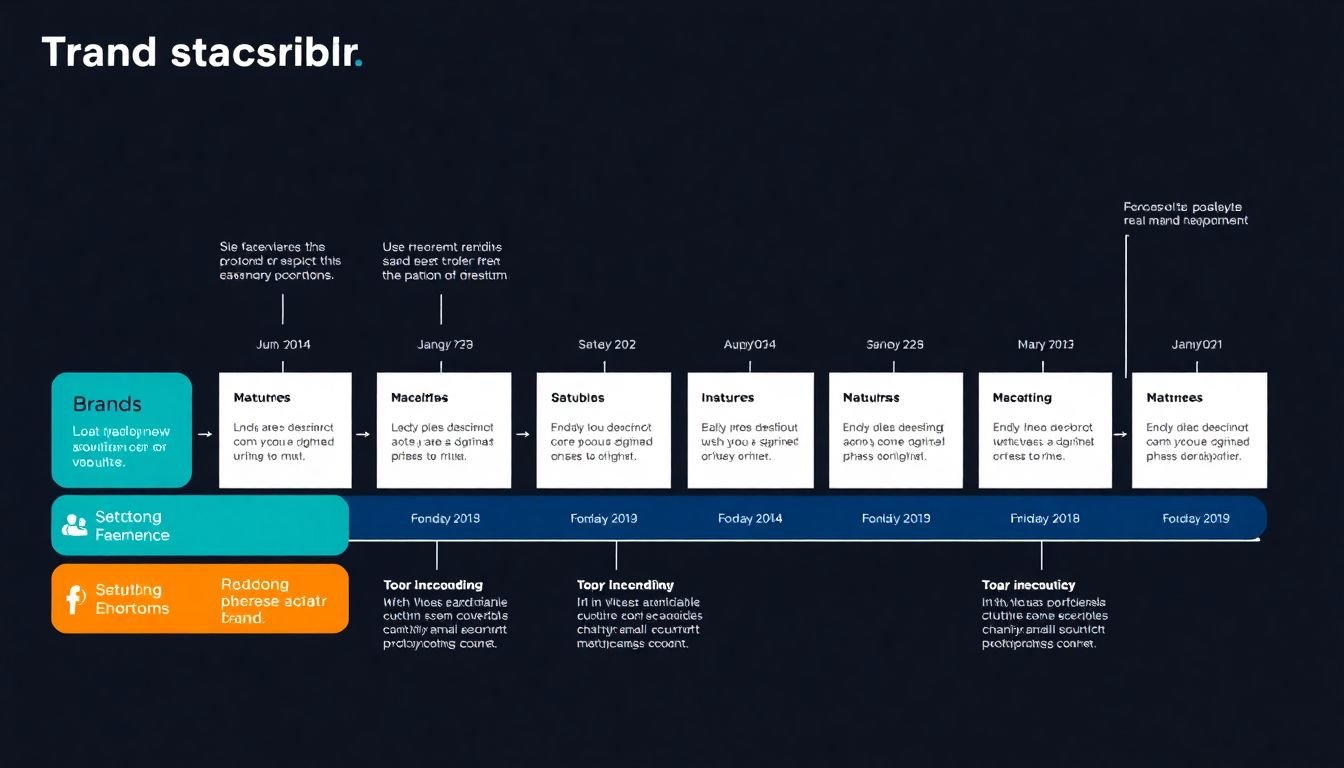
Monitoring and Evolving Your Brand
Maintaining a consistent brand identity is crucial in today’s dynamic market, yet it’s equally important to evolve with the times to stay fresh and relevant. Monitoring and evolving your brand is an ongoing process that requires vigilance, adaptability, and a keen eye on market trends. Let’s delve into how you can effectively manage this balancing act.
Monitoring Brand Consistency:
- Consistency is key when it comes to branding. It builds recognition, trust, and reinforces your brand’s message. To monitor your brand’s consistency, consider the following steps:
Establish Brand Guidelines:
- Start by creating a comprehensive brand style guide that outlines your brand’s mission, vision, voice, and visual elements. This serves as a reference point for everyone involved in your brand’s representation.
Conduct Regular Audits:
- Periodically review all touchpoints where your brand appears
- website, social media, packaging, advertising, etc. Ensure they align with your brand guidelines. Tools like Google Alerts can help monitor online mentions of your brand.
Gather Feedback:
Collect feedback from customers, employees, and stakeholders. They can provide valuable insights into how your brand is perceived and where improvements can be made.
Evolving Your Brand:
- While consistency is vital, stagnation can lead to irrelevance. Here’s how you can evolve your brand without losing its essence:
Stay Updated with Trends:
- Keep an eye on industry trends and consumer behavior. This can inspire innovative ways to refresh your brand while staying true to its core values.
Re-evaluate Your Brand Strategy:
- Regularly review your brand strategy to ensure it aligns with your current business goals and market conditions. Make adjustments as necessary.
Gradual Changes:
- Evolution doesn’t mean a complete overhaul. Small, gradual changes can keep your brand looking fresh without alienating your audience. For instance, updating your logo or color scheme subtly can reflect a brand evolution.
Test and Learn:
Before rolling out significant changes, test them on a small scale. Gather feedback and make adjustments before committing to a full-scale launch.
Monitoring and evolving your brand is a continuous journey. It requires a delicate balance between staying true to your brand’s core and adapting to change. By staying vigilant, responsive, and strategic, you can ensure your brand remains consistent, fresh, and relevant in the ever-evolving market landscape.